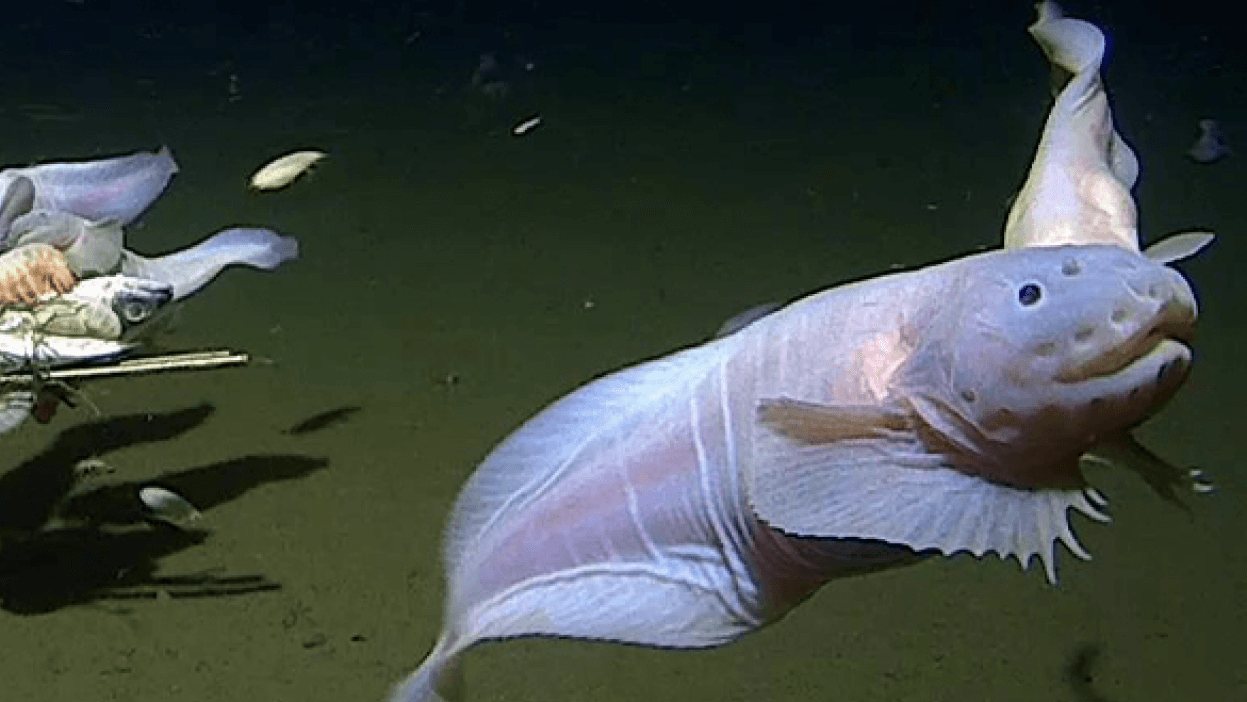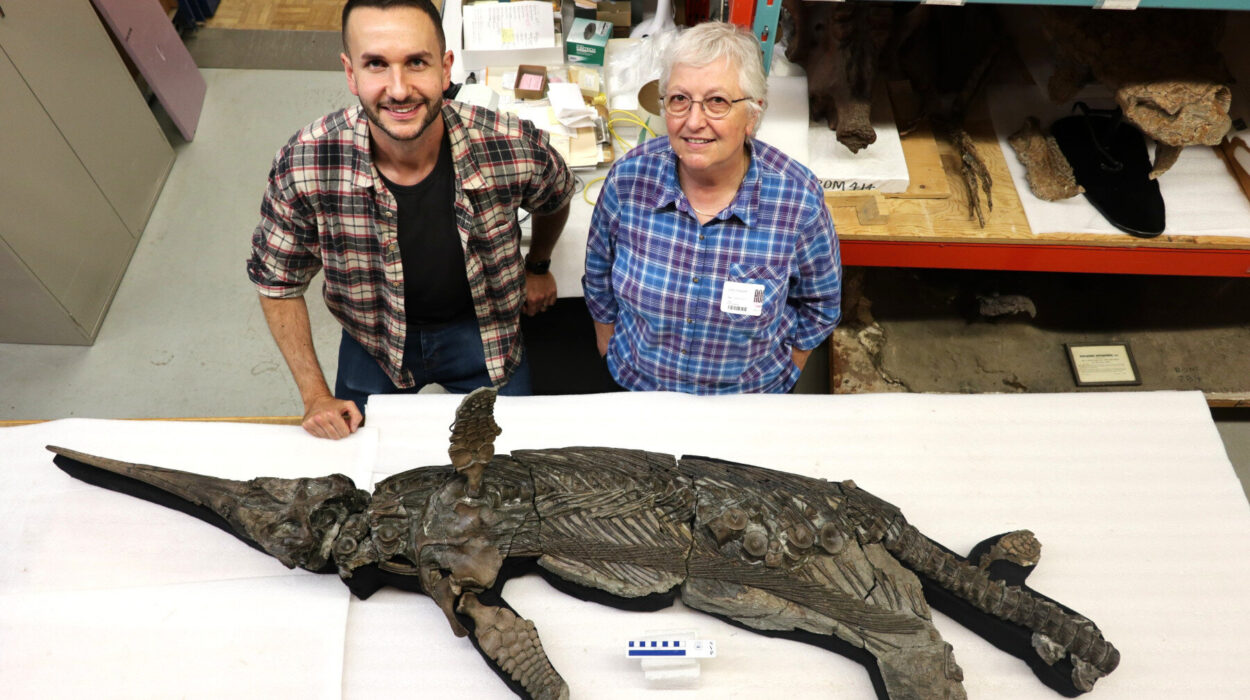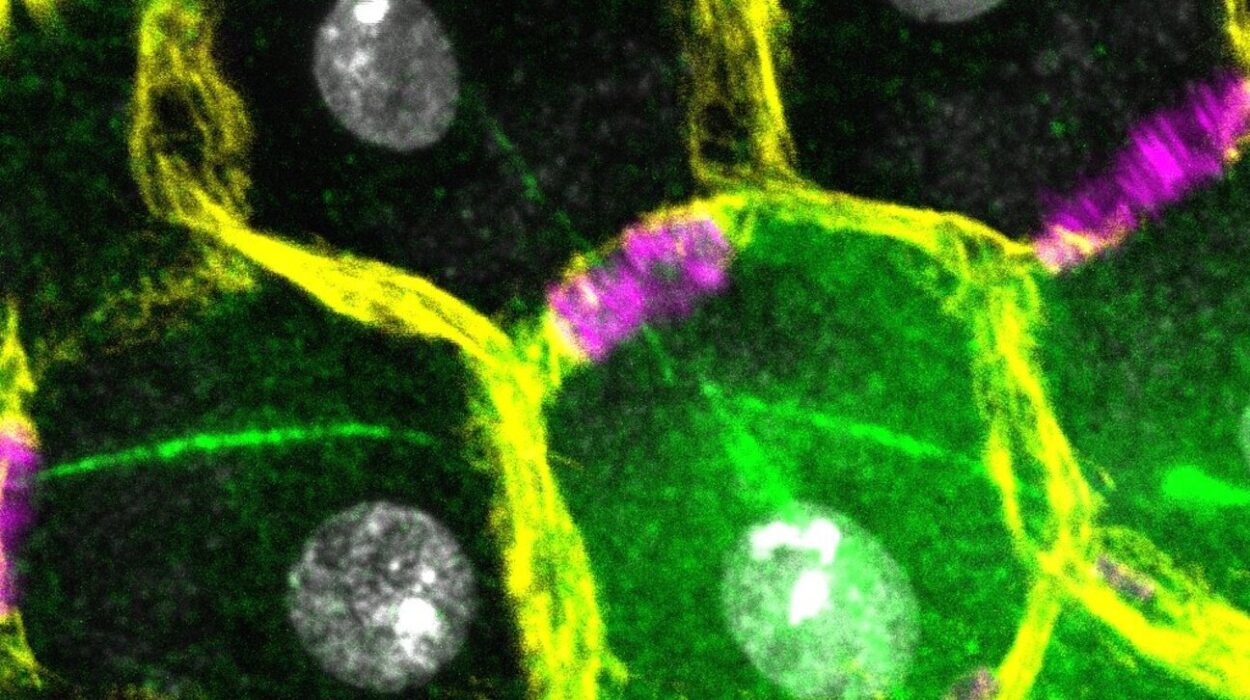Far below the sunlit surface of the ocean lies a world unlike anything on land. This is a realm of perpetual night, where pressure crushes like iron jaws, temperatures plunge near freezing, and food is an elusive, precious commodity. The deep sea—defined as ocean depths below 200 meters—makes up more than 80 percent of the ocean’s volume. Yet it remains one of the least explored and most mysterious environments on Earth.
At these depths, sunlight no longer penetrates. Vision, as we know it, becomes useless. Color fades, and darkness reigns unbroken except for occasional, ghostly bursts of bioluminescence. In such a hostile domain, life should be scarce. And yet, the deep ocean teems with creatures so bizarre, so radically adapted to their environment, that they challenge our very definitions of what life can be.
Survival here is not about brute strength or size, but about specialization—about evolutionary innovations that allow animals to navigate an invisible, frigid, crushing world. From light-producing lures to translucent bodies, from enormous jaws to parasitic mating strategies, deep-sea creatures have evolved tactics that seem more science fiction than biology. But each adaptation is rooted in necessity, honed by millions of years of pressure, hunger, and darkness.
Pressure, Cold, and Hunger: The Triple Threat of the Deep
The deeper one descends into the ocean, the greater the pressure. At just 1,000 meters—barely one-tenth the depth of the Mariana Trench—pressures reach 100 times that at the surface. This is equivalent to the weight of a large elephant pressing down on every square inch of an animal’s body. Most surface-dwelling organisms would be crushed or ruptured by such force. But deep-sea creatures are structurally adapted for it.
Instead of gas-filled spaces, many deep-sea animals rely on oil-filled bladders or are completely gelatinous. Their cells and tissues are stabilized by pressure-resistant proteins and special solutes like trimethylamine N-oxide (TMAO), which prevent their internal chemistry from breaking down under stress. Deep-sea fish such as the hadal snailfish have the highest known TMAO concentrations, giving their tissues a distinct smell and taste—one reason they’re unlikely to end up on dinner plates.
Compounding this is the cold. Temperatures in the deep sea hover just above freezing, generally between 2 and 4 degrees Celsius. Enzymes in deep-sea organisms must remain flexible and active at these low temperatures. Some deep-sea fish have antifreeze proteins in their blood to prevent ice crystal formation, while others have evolved low metabolic rates to conserve energy.
But perhaps the most relentless challenge of all is hunger. Unlike surface ecosystems, which are powered by sunlight and photosynthesis, the deep sea depends on a trickle of organic material from above—known as “marine snow.” This slow drift of dead plankton, fecal matter, and decaying creatures is sparse and unpredictable. In response, many deep-sea animals have developed incredible tactics for finding, capturing, and conserving food.
Seeing Without Light: Bioluminescence and Beyond
In the absence of sunlight, nature has devised its own light. Bioluminescence—the ability of organisms to produce light through biochemical reactions—is one of the most widespread and spectacular adaptations in the deep sea. Nearly 90 percent of deep-sea organisms are bioluminescent, from microscopic bacteria to giant squid.
The light is produced through a reaction between the enzyme luciferase and a light-emitting molecule called luciferin. The result can be a soft glow, a sudden flash, or a pulsating shimmer of color. But bioluminescence is not merely decorative; it serves vital survival functions. Animals use it to lure prey, distract predators, communicate with mates, and even cloak themselves from view.
The anglerfish is perhaps the most famous example. Its forehead bears a long, modified dorsal spine tipped with a glowing bulb called an esca. This lure mimics the movement of small prey, drawing curious fish toward the anglerfish’s monstrous, gaping jaws. When the prey is close enough, the angler strikes with astonishing speed.
Other creatures use bioluminescence for camouflage. The hatchetfish, for instance, emits light from its underside to match the dim glow of the ocean surface above, rendering it nearly invisible when viewed from below. This technique, known as counterillumination, helps the fish avoid detection by predators hunting from beneath.
Some squid and jellyfish use bioluminescent “ink”—a burst of glowing fluid to startle predators and make a quick escape. Others, like the vampire squid, light up their tentacles to distract and confuse.
Intriguingly, some animals have even evolved highly specialized eyes to detect these faint glows. The barreleye fish has a transparent head and upward-facing, tubular eyes that can rotate within its skull. This allows it to scan for the silhouettes of prey above or the faint glimmers of light emitted by bioluminescent organisms.
Adaptations in Shape and Form: Evolution’s Strange Blueprints
In the deep sea, body plans veer far from the ordinary. Evolution has produced grotesque, ghostly, and astonishingly effective forms. These shapes are not random; they are functional designs sculpted by the challenges of the abyss.
One of the most iconic examples is the gulper eel, whose distensible jaw and stomach allow it to swallow prey much larger than itself. In a world where meals are rare, it pays to eat big when the opportunity arises. The gulper eel’s expandable mouth acts like a trap, snapping shut on anything unfortunate enough to swim too close.
Then there’s the fangtooth, a small fish with disproportionately large, needlelike teeth. In fact, its teeth are so large they don’t fit inside its mouth, so the fish has evolved a special pouch in its head to house them. The fangtooth doesn’t use stealth or speed; it simply lunges and clamps down, relying on sheer bite force.
Some deep-sea fish, like the dragonfish, are covered in velvety black skin that absorbs 99.5 percent of light, making them virtually invisible in their pitch-black surroundings. This “ultra-black” camouflage is achieved through layers of melanin-packed granules that scatter and trap incoming light. It’s one of the most effective forms of concealment known in nature.
Another form of adaptation is transparency. Many deep-sea jellyfish, larval fish, and crustaceans are almost completely see-through, rendering them nearly invisible in water. The glass squid and the glass octopus are prime examples—floating, spectral creatures that drift silently, their organs barely detectable even under light.
Feeding in the Void: Predators, Scavengers, and Filter Feeders
Food scarcity has driven deep-sea creatures to adopt remarkably varied feeding strategies. Predation, scavenging, and filter-feeding each offer a route to survival, depending on the niche and the animal’s capabilities.
Predators like the anglerfish, viperfish, and dragonfish rely on ambush or stealth to catch prey. Their large mouths and expandable stomachs allow them to consume prey almost their own size or even larger. Their jaws are often hinged to open incredibly wide, while their stomach linings stretch like elastic to accommodate hefty meals.
Scavengers, on the other hand, depend on the occasional windfall of a dead whale, squid, or large fish falling from the surface—a phenomenon known as “whale fall.” These events create temporary oases in the deep, sustaining entire ecosystems for decades. Hagfish, for example, swarm these carcasses in writhing masses, burrowing into flesh and releasing copious amounts of slime as a defense mechanism. Osedax worms, or “bone-eating worms,” bore into the bones of whale skeletons to extract nutrients, using bacteria to help digest the marrow.
Filter feeders such as giant isopods and certain deep-sea sponges use feathery appendages or mucus nets to trap marine snow and tiny particles. Their low-energy lifestyles and slow metabolisms allow them to survive on meager rations. In the most nutrient-starved zones, some sponges grow just a few millimeters per year, living for centuries.
Reproduction in Isolation: A World Without Mating Seasons
Finding a mate in the deep sea is an immense challenge. Individuals are often spread across vast distances, and sensory signals are limited. In response, reproduction has evolved along highly unusual lines.
Some deep-sea fish, like the anglerfish, have developed parasitic mating strategies. In certain species, males are born small and relatively undeveloped. When a male encounters a female, he bites onto her body and fuses his tissues with hers, sharing her bloodstream and nutrients. Over time, he loses his eyes, internal organs, and independence, becoming a permanent appendage—a living sperm factory. A single female may host multiple males this way, ensuring she always has access to fertilization when needed.
Other species rely on chemical signals—pheromones—to locate mates over long distances. Some release clouds of gametes into the water, hoping that sperm and egg will meet by chance. Brooding is also common: many deep-sea octopuses, such as Graneledone boreopacifica, guard their eggs for years without eating, dying shortly after their young hatch.
In such an unpredictable world, many species produce offspring capable of surviving without parental care. Larvae often float near the ocean’s surface before descending into the depths as they mature, giving them a better chance of encountering food and dispersing widely.
Surviving the Heat: Life Around Hydrothermal Vents
Not all of the deep sea is cold and calm. In certain regions, tectonic activity fractures the ocean floor, allowing superheated, mineral-rich water to gush from hydrothermal vents. Temperatures near these vents can reach 400°C, yet astonishingly, life thrives here in abundance.
At the heart of these ecosystems are chemosynthetic bacteria, which derive energy not from sunlight, but from chemicals such as hydrogen sulfide. These bacteria form the base of a unique food web, nourishing giant tube worms, blind shrimp, and vent crabs. The tube worms, which can grow over two meters long, house symbiotic bacteria within their bodies, essentially farming them for nutrients.
Unlike most deep-sea creatures, which are solitary and slow-moving, hydrothermal vent animals often form dense colonies. They exhibit rapid growth and high metabolic rates—an exception to the deep-sea norm—driven by the relative abundance of chemical energy.
Yet life here is precarious. Vents can shut off abruptly, or shift due to geological forces. When this happens, entire communities must migrate or perish. The resilience of these creatures speaks to their extraordinary adaptability in one of the most extreme environments on Earth.
A Symphony of Silence: Communication in the Deep
How do animals communicate in a world where light is rare and distance vast? In the deep sea, sound becomes a primary channel. Many deep-sea fish can produce low-frequency noises by vibrating muscles against their swim bladders. These sounds are used for mating calls, territory defense, or group coordination.
Chemical signaling also plays a major role. Many species release pheromones to mark territory, attract mates, or signal distress. These molecules can travel through water for long distances, acting like invisible messages.
Touch is another important sense. Tentacled animals such as cephalopods and certain jellyfish use tactile exploration to find prey and partners. Some use electrical fields or pressure changes to sense movement nearby, essentially “feeling” the world around them without seeing it.
The Deep Sea and Us: A Fragile Frontier
As mysterious as the deep sea is, it is no longer beyond human reach. Advances in submersible technology, remote-operated vehicles (ROVs), and sonar mapping have allowed scientists to explore previously unreachable depths. What they’ve found has both thrilled and alarmed the scientific community.
The deep sea harbors vast biodiversity, much of it still undocumented. At the same time, it faces increasing threats from human activity. Deep-sea trawling scrapes the ocean floor, destroying habitats that take centuries to form. Mining for rare earth elements threatens fragile vent communities. Plastic pollution, microfibers, and chemical runoff have been found even in the deepest trenches, contaminating the food web.
Understanding the survival tactics of deep-sea creatures is not just a scientific curiosity—it is a crucial step in protecting a biome that helps regulate the planet’s climate, recycles nutrients, and supports life in ways we are only beginning to comprehend.
Conclusion: Lessons from the Abyss
In the crushing darkness of the deep sea, life has found a way. Not by dominating, but by adapting. Not through strength alone, but through ingenuity, cooperation, and resilience. These creatures remind us that survival does not always look like conquest. Sometimes, it looks like a whisper of light in a black ocean, a transparent body drifting unseen, a parasite securing its future by merging with another.
They show us that life, when pushed to its limits, becomes endlessly creative.
The deep sea remains a realm of marvels and mysteries—a cathedral of darkness filled with life’s quiet triumphs. As we continue to explore its secrets, we are not just learning about distant creatures in an alien world. We are learning about ourselves—about the tenacity of life, the ingenuity of evolution, and the fragile balance that sustains the only home we have.






